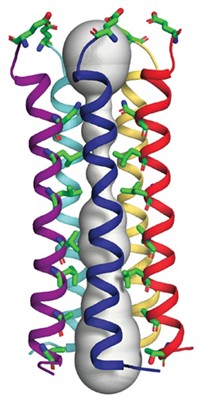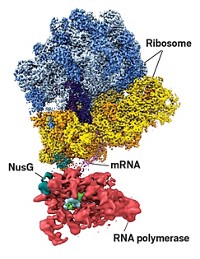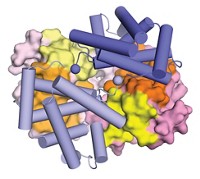Advertisement
Grab your lab coat. Let's get started
Welcome!
Welcome!
Create an account below to get 6 C&EN articles per month, receive newsletters and more - all free.
It seems this is your first time logging in online. Please enter the following information to continue.
As an ACS member you automatically get access to this site. All we need is few more details to create your reading experience.
Not you? Sign in with a different account.
Not you? Sign in with a different account.
ERROR 1
ERROR 1
ERROR 2
ERROR 2
ERROR 2
ERROR 2
ERROR 2
Password and Confirm password must match.
If you have an ACS member number, please enter it here so we can link this account to your membership. (optional)
ERROR 2
ACS values your privacy. By submitting your information, you are gaining access to C&EN and subscribing to our weekly newsletter. We use the information you provide to make your reading experience better, and we will never sell your data to third party members.
Analytical Chemistry
Cellular NMR
Solid-state NMR reveals the structure of bacterial membrane proteins in real-life situations
by Celia Henry Arnaud
February 20, 2012
| A version of this story appeared in
Volume 90, Issue 8
Conventional solution-phase NMR spectroscopy has been a powerful tool for looking at the structure of biological molecules. But it’s less useful for studying large complexes buried in cell membranes. Jan Tommassen, Marc Baldus, and coworkers at Utrecht University, in the Netherlands, now show that they can use solid-state NMR to study bacterial membrane proteins in isolated cell envelopes and in intact bacteria (Proc. Natl. Acad. Sci. USA, DOI: 10.1073/pnas.1116478109). The cell envelope of gram-negative bacteria consists of inner and outer membranes separated by the peptidoglycan-containing periplasm. The researchers engineered Escherichia coli cells to produce an outer membrane protein called PagL and isotopically labeled the cells with 15N and 13C. They then collected two-dimensional correlation NMR spectra using pulse sequences tailored for solid-state NMR. They achieved similar spectral resolution whether PagL was synthetically reconstituted or in intact cellular envelopes. They also characterized other components of the cell envelope, including lipids, peptidoglycan, and lipoproteins. Cellular solid-state NMR should allow researchers to characterize biological processes mediated by complex protein molecular machines, the researchers note, “thereby bridging the gap between structural and cellular biology.”





Join the conversation
Contact the reporter
Submit a Letter to the Editor for publication
Engage with us on Twitter